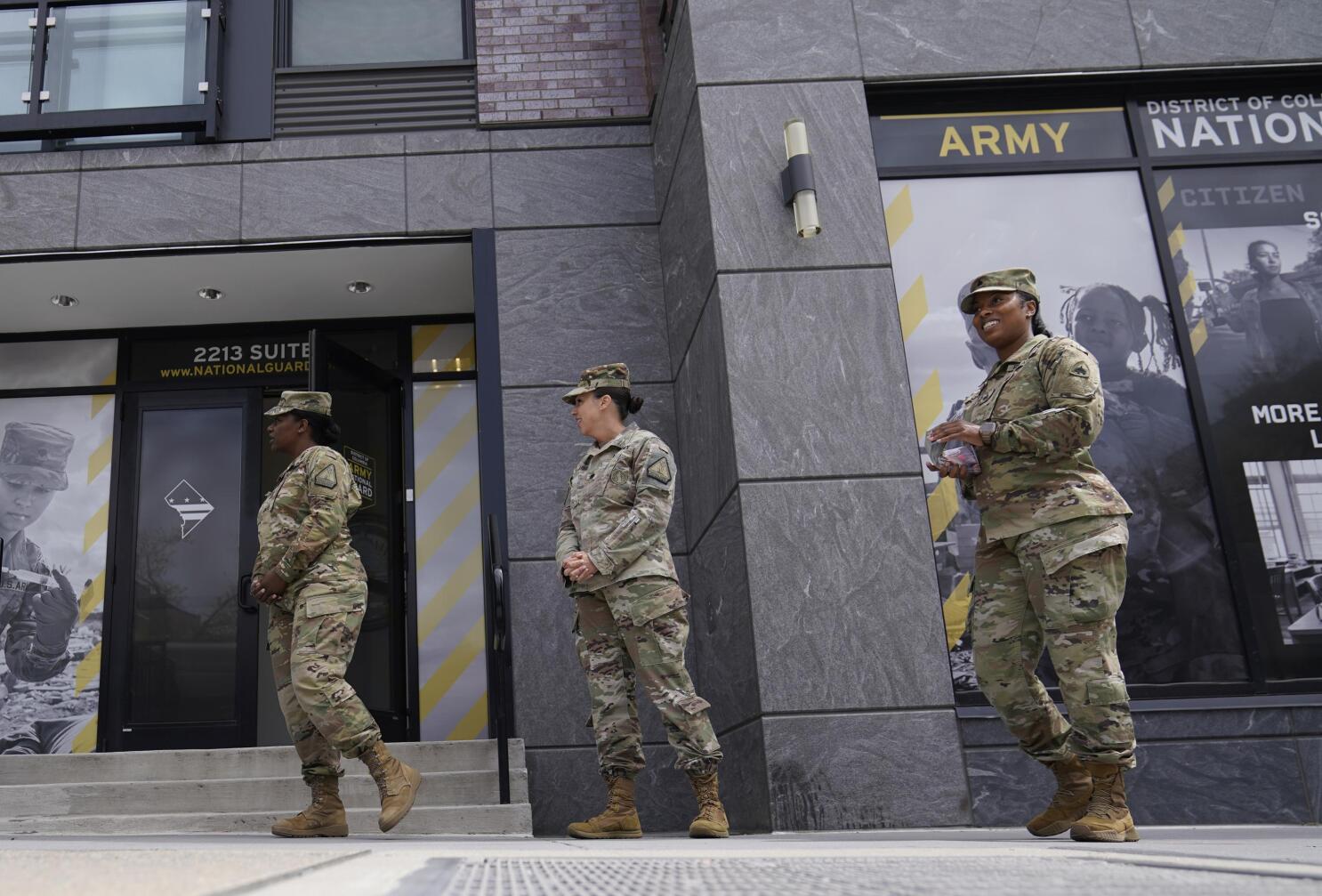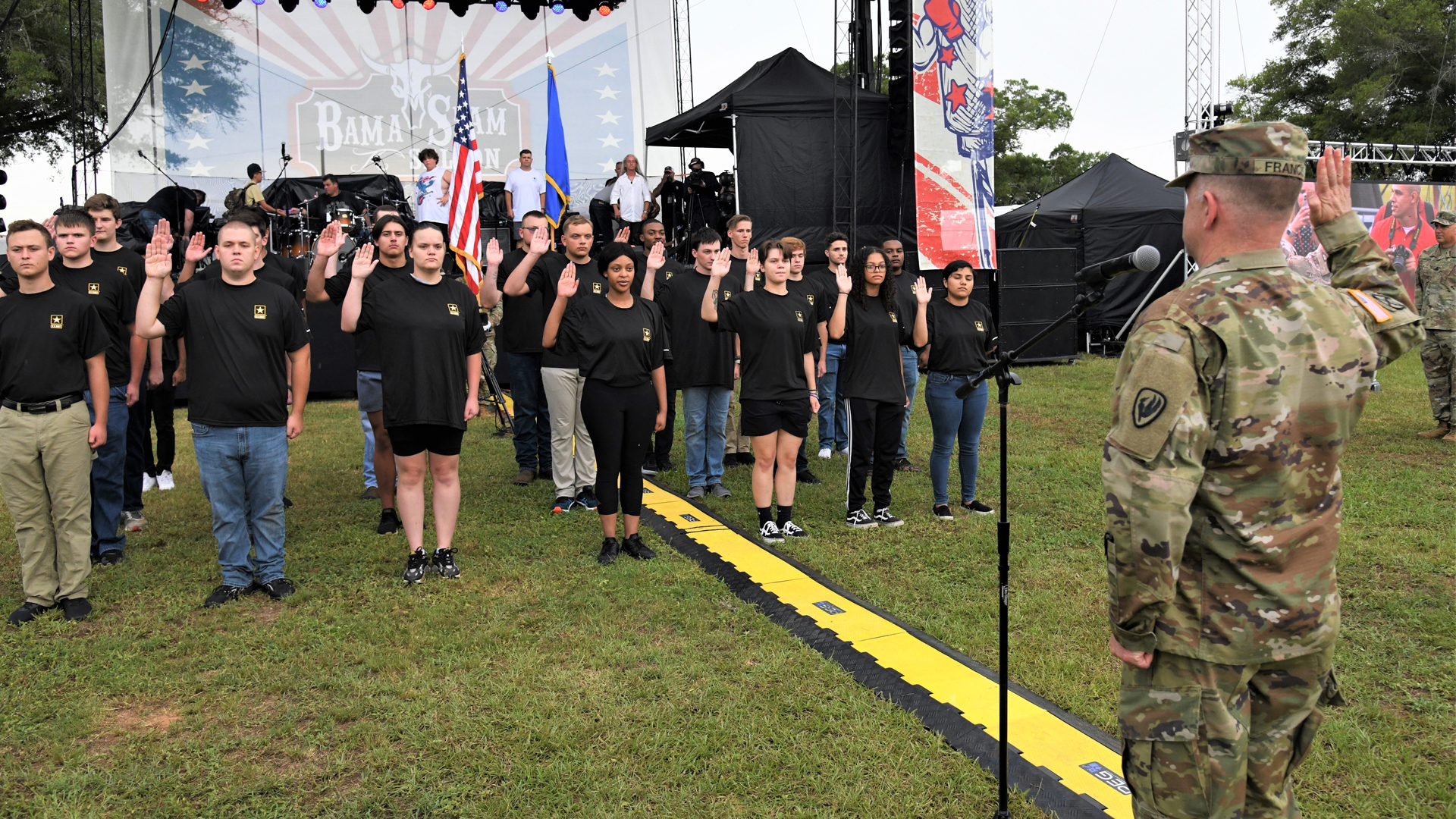The United States Army has announced that it has successfully met its annual recruiting goal of 61,000 new active duty soldiers well ahead of schedule, accomplishing this feat four months before the official end of fiscal year 2025 in September.
This milestone represents a notable 10 percent increase over last year’s recruitment target of 55,000, signaling a critical and positive turning point for the military branch.
According to official statements from the Army, this surge in enlistment is more than just a numerical achievement — it reflects a revived sense of patriotism and purpose among America’s younger generations who are stepping forward to serve their country during a time of global uncertainty.
This surge in recruiting success comes after years of challenges and persistent efforts to overcome declining numbers in military enlistments.
The Army has spent the past decade struggling to meet its recruitment goals, encountering significant shortfalls that threatened its ability to maintain operational readiness.
In response, the Army has implemented a variety of strategic measures aimed at expanding its recruiting pool and attracting a broader range of young Americans.
Among these initiatives are the relaxation of certain enlistment restrictions, including those related to tattoos, prior medical issues, and even past drug use, all of which have historically disqualified candidates from service.
By opening the doors to qualified individuals who previously would have been excluded, the Army has made itself more accessible and appealing to a wider demographic.

In 2023, the Army faced a difficult recruiting environment, missing its ambitious 65,000-person goal by about 11,000. However, the following year showed a marked improvement, with the service narrowly meeting its 55,000 recruit target.
The current achievement of reaching 61,000 recruits ahead of the 2025 deadline is a clear sign that the Army’s intensified recruiting strategies and leadership efforts are bearing fruit.
This overall trend in increased military recruitment also mirrors challenges faced by the U.S. military as a whole. Across all branches, attracting young Americans to enlist has been difficult, particularly during and following the COVID-19 pandemic.
The pandemic disrupted many aspects of American life and employment, leading to fluctuating labor market conditions and shifting career preferences among young people.
Additionally, historically low unemployment rates during parts of this period have provided lucrative and appealing job alternatives in the private sector.
These factors combined to reduce the pool of young adults considering military service, forcing recruiters to become more innovative and adaptable in their approaches.
While the precise reasons for the recent increase in enlistments remain somewhat unclear, many officials and commentators attribute part of the momentum to political and leadership changes.

The Trump administration, in particular, has credited its leadership team with reinvigorating interest in military service.
The administration has highlighted that the renewed enthusiasm for enlistment coincides with a strong commitment to supporting and equipping the troops, fostering an environment where young Americans feel valued and motivated to join the Army.
Army Secretary Dan Driscoll expressed gratitude to President Trump and Secretary of Defense Pete Hegseth, emphasizing their decisive leadership as crucial to the recruitment surge.
Driscoll stated that the administration’s focus on “putting Soldiers first” is having a tangible impact on morale and enlistment numbers.
According to Driscoll, the support and training provided to future soldiers under this leadership have created a renewed desire among America’s youth to become part of what is widely regarded as the most lethal land fighting force in history.
This acknowledgment underscores the importance of strong, dedicated leadership in shaping the future of the U.S. military and maintaining its global dominance.
Secretary Hegseth’s role has been particularly praised in this context. Known for his deep commitment to the military and veteran communities, Hegseth has been a vocal advocate for enhancing the quality of life for service members and modernizing recruitment tactics.
His leadership style emphasizes both operational excellence and the well-being of soldiers, helping to rebuild trust and pride in military service among young Americans.
By championing policies that support soldiers holistically — including better equipment, training, and mental health resources — Hegseth has contributed significantly to reversing the downward recruiting trend that had persisted for years.
The Army’s success also reflects broader societal shifts in attitudes toward military service. After years of divisive political debates and social upheaval, there appears to be a resurgence of patriotism and respect for the armed forces.
This renewed sense of duty is motivating young Americans to enlist despite ongoing challenges such as global geopolitical tensions and complex security threats.
Many recruits are driven by a desire to protect their country, serve a purpose greater than themselves, and join a respected community of service members.
Furthermore, the Army’s approach to recruitment has evolved to better meet the expectations and values of today’s youth. Modern recruitment campaigns increasingly highlight opportunities for education, career advancement, and skill development.
They also address the importance of diversity and inclusion, ensuring that the military reflects the rich mosaic of American society. This inclusive message, combined with the practical benefits of military service, is resonating strongly with prospective soldiers.
The timing of the Army’s recruiting achievement also coincides with increased investments in military modernization and readiness.
As new threats emerge on the global stage, from rising powers to unconventional warfare, the Army is focused on ensuring it has the manpower and capabilities needed to respond effectively.

Hitting recruitment goals ahead of schedule not only strengthens force numbers but also boosts overall morale and confidence in the Army’s ability to meet future challenges.
It is important to recognize that recruiting success is not merely about numbers; it reflects a deeper connection between the military and the American people.
The Army’s progress signals that young citizens see value in service and are willing to commit to the demanding life of a soldier. This connection is vital for the military’s legitimacy and strength, particularly at a time when national security concerns are front and center.
In conclusion, the Army’s accomplishment of reaching its recruiting goal of 61,000 new active duty soldiers four months early marks a significant and encouraging milestone.
This achievement is the result of strategic recruiting adjustments, effective leadership, and a renewed sense of patriotism among America’s youth. The leadership of Secretary of Defense Pete Hegseth and President Trump’s administration has played a pivotal role in supporting soldiers and revitalizing interest in military service.
As the Army continues to prepare for future challenges, this surge in enlistments provides a solid foundation for maintaining the United States’ position as the world’s most capable and lethal land fighting force.

The future looks promising as the Army moves forward with confidence, driven by dedicated leadership and the patriotic spirit of a new generation of soldiers willing to serve their country with honor and distinction.




